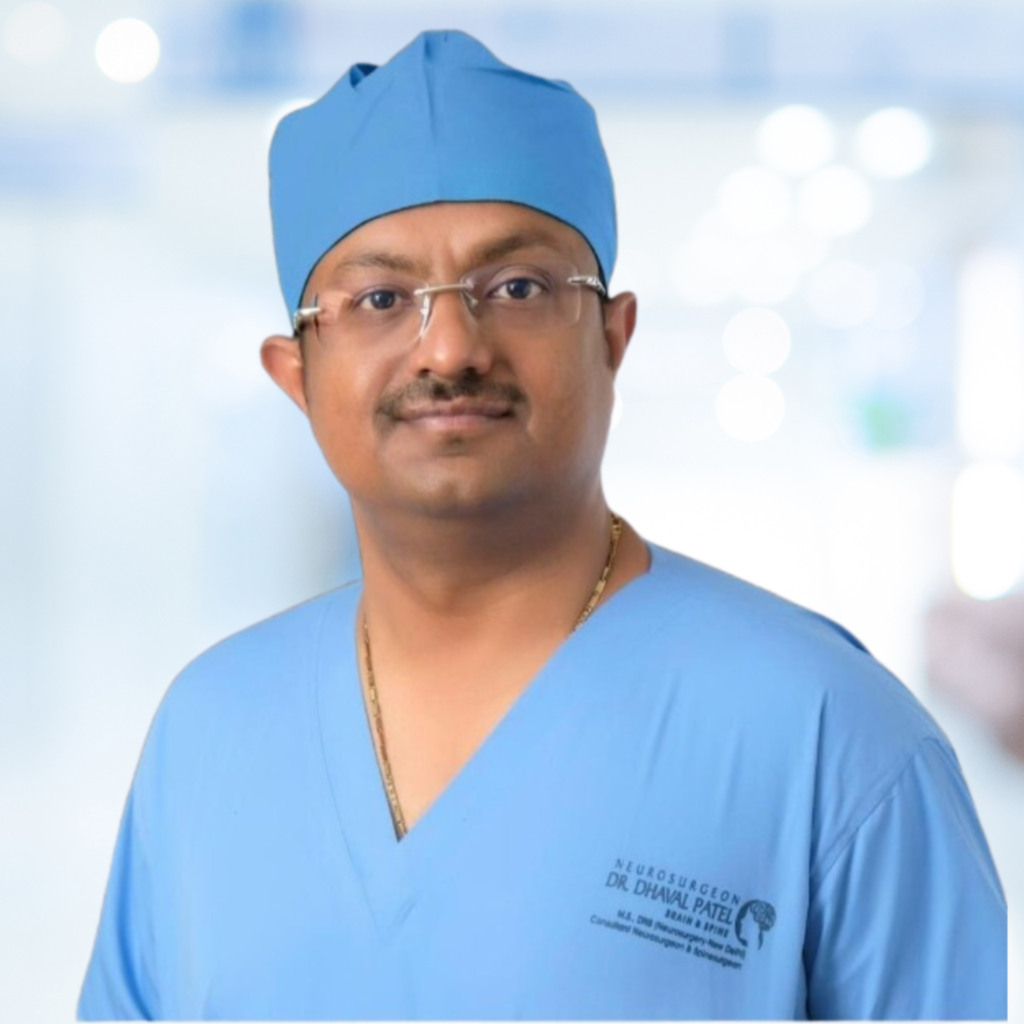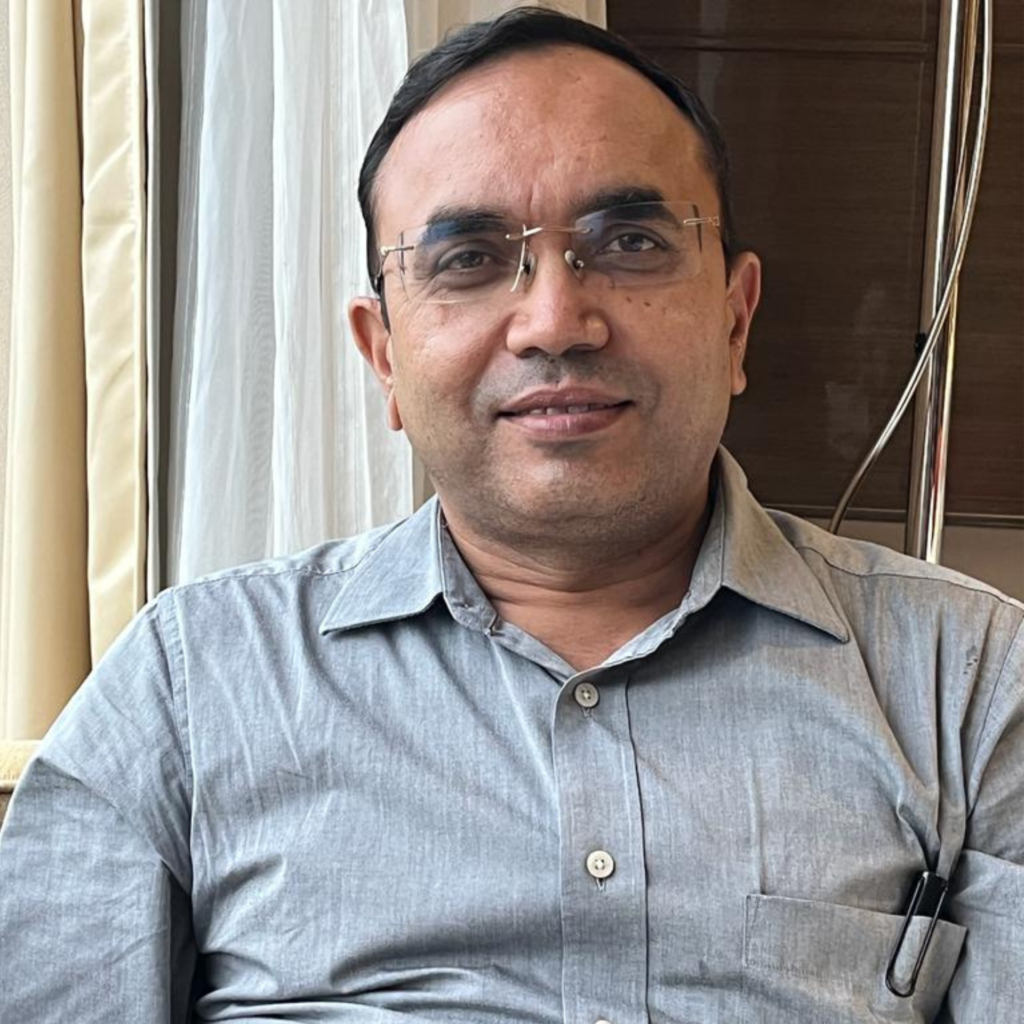- Home
- About Us
- Doctors
- Specialties
- Bariatric Surgery
- Bone Marrow Transplant
- Cancer
- Cardiology
- Cardiovascular And Thoracic Surgery
- Critical Care Medicine
- Dental Surgery
- Dermatology & Cosmetology
- Diabetic Foot Care
- Ear, Nose & Throat
- Endocrinology
- Fetal Medicines
- Gastroenterology
- General Medicine
- General Surgery
- HPB & Gastrointestinal Surgery
- Interventional Radiology
- IVF
- Kidney Transplant
- Laparoscopic Surgery
- Liver Transplant
- Medical And Hemato Oncology
- Neurology
- Neuro & Spine Surgery
- Nephrology And Dialysis
- Nuclear Medicine
- Orthopedic
- Ophthalmology
- Obstetrics And Gynecology
- Pathology Laboratory
- Pediatric
- Peripheral Vascular And Endovascular Surgery
- Physiotherapy and Rehabilitation
- Plastic Reconstruction
- Plastic & Cosmetic Surgery
- Pulmonary Medicine
- Radiation Oncology
- Radiology
- Robotic Surgery
- Surgical Oncology
- Urology
- Facilities
- Patient Area
- Testimonials
- Media
- Contact Us
Spinal Fusion
Restoring Stability and Alleviating Spinal Conditions
Welcome to Universal Hospital, where we prioritize your spinal health through advanced medical care. Our Spinal Fusion treatment is designed to address a range of spinal conditions, providing patients with a pathway to stability, pain relief, and an improved quality of life.
Understanding Spinal Conditions
Spinal conditions, such as degenerative disc disease, spinal stenosis, spondylolisthesis, or spinal fractures, can lead to instability, pain, and reduced quality of life. Spinal fusion is a surgical intervention aimed at addressing these issues by stabilizing the spine through the fusion of adjacent vertebrae.
What is Spinal Fusion?
Spinal fusion is a surgical procedure designed to stabilize the spine by joining two or more vertebrae. This intervention aims to alleviate pain, correct deformities, and address conditions causing spinal instability. Understanding the indications, surgical techniques, recovery, and potential risks associated with spinal fusion is crucial for individuals considering or undergoing this transformative spinal surgery.
Indications for Spinal Fusion
- Degenerative Disc Disease: Breakdown of intervertebral discs leading to instability.
- Spondylolisthesis: Forward displacement of one vertebra over another.
- Spinal Stenosis: Narrowing of the spinal canal, causing pressure on nerves.
- Fractures or Trauma: Instability resulting from fractures or traumatic injuries.
- Spinal Deformities: Conditions like scoliosis or kyphosis.

Spinal Fusion Techniques
. Posterior Lumbar Fusion (PLF):
- Accessed from the back, commonly used for lower back issues.
- Anterior Lumbar Interbody Fusion (ALIF):
- Accessed from the front, often used for degenerative disc disease.
- 3. Posterior Lumbar Interbody Fusion (PLIF):
- Accessed from the back, involves removing disc material and inserting a graft.
- Transforaminal Lumbar Interbody Fusion (TLIF):
- A variation of PLIF, performed from one side, preserving more bone.
- Lateral Lumbar Interbody Fusion (LLIF):
- Access through the side, minimizing disruption to back muscles.
The Spinal Fusion Procedure
- Anesthesia: General anesthesia is administered to ensure the patient is unconscious and pain-free.
- Incision: A surgical incision is made to access the spine, varying based on the chosen technique.
- Preparation of Vertebrae: The surfaces of the vertebrae to be fused are prepared for graft placement.
- Bone Grafting: Bone graft material (autograft, allograft, or synthetic) is placed between the vertebrae.
- Hardware Placement: Metal screws, rods, or plates may be used to stabilize the spine during fusion.
- Closure: The incision is closed with stitches or staples.
Recovery and Postoperative Care
- Hospital Stay: Length of stay varies but may range from a few days to a week.
- Immobilization: A brace may be worn to restrict movement and support the healing spine.
- Physical Therapy: Rehabilitation exercises to gradually restore strength and flexibility.
- Follow-up Appointments: Regular monitoring of fusion progress and addressing any concerns.


